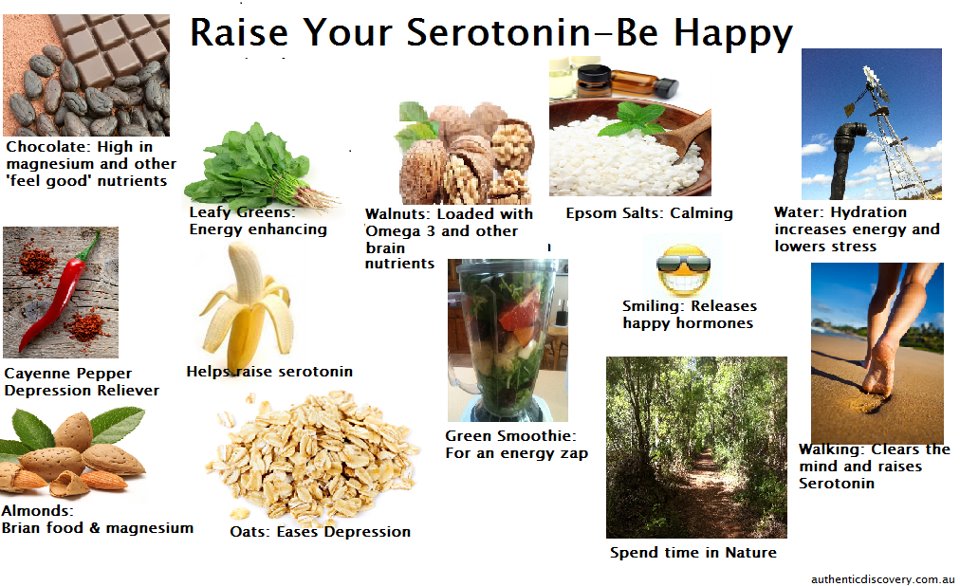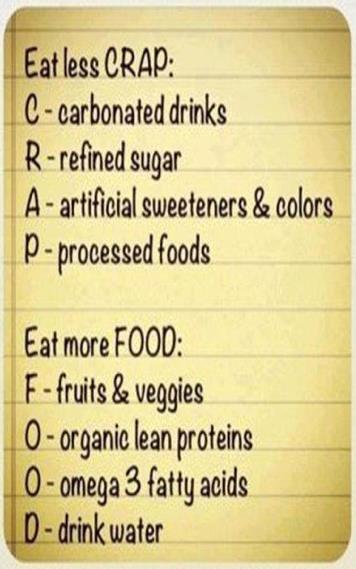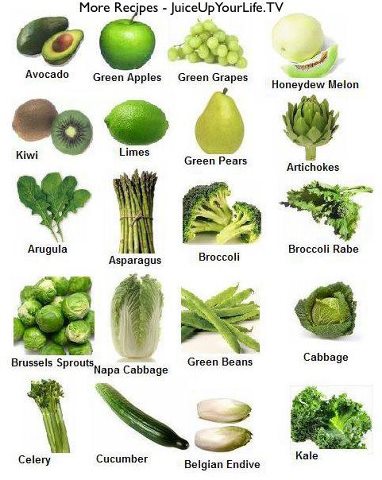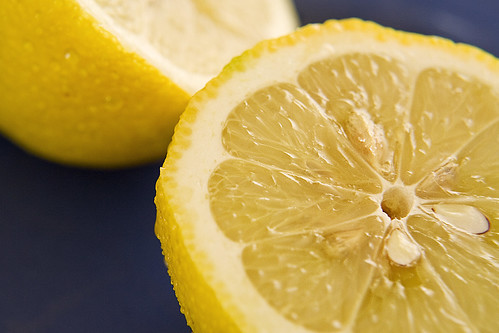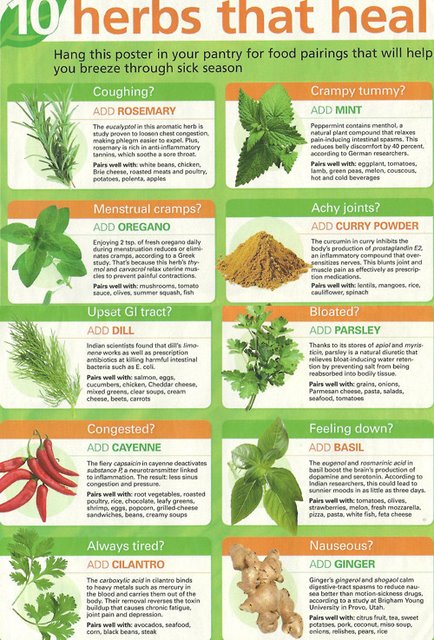Parsley is a Blood Purifying SuperFood
Parsley has been revered throughout history and used for both culinary and medicinal purposes. The Greeks made crowns of parsley to bestow upon their sports champions. It was used for the Hebrew celebration of Passover as a sign of rebirth in the spring. The Romans used it to deodorize corpses before funerals.
It contains a unique combination of nutrients that make it a powerful superfood. The volatile oil compounds myristicin, limonene, eugenol, and alpha-thujene have been shown to inhibit tumor cell formation. Additionally, parsley is rich in flavonoids-including apiin, apigenin, crisoeriol, and luteolin that have strong anti-oxidant properties.
Parsley also contains about three times the amount of vitamin C by volume as an orange. Vitamin C is extremely important for healthy immune function and youthful skin & joints. Additionally, it contains carotenoid anti-oxidants lutein and zeaxanthin which enhance eye function and help the body neutralize damage from UV radiation.

Super rich in chlorophyll
Parsley is super rich in chlorophyll, the
energy producing substance that gives herbs and plants its
characteristic green color. Chlorophyll helps to alkalize the body,
purify blood, and form new red blood cells. In addition, the chlorophyll
and flavonoids in parsley help to enhance cellular glutathione
formation. Higher levels of cellular glutathione allow the body to
detoxify and heal more effectively.
Through these properties, parsley is able
to improve cellular oxygenation properties. Increased oxygenation =
increased cellular energy = increased detoxification & healing
mechanisms.
Parsley is a fantastic source of folic
acid which is extremely crucial for its ability to reduce homocysteine
levels. Homocysteine is an inflammatory mediator that is linked with
cardiovascular disease and brain degeneration. Folic acid is also
important for pregnant women as it plays a critical role in fetal
development. It is also an important nutrient for cancer prevention.
Parsley is also known as a powerful diuretic that reduces blood
pressure and enhances kidney function. In particular, parsley increases
sodium and water excretion thru urine and increases potassium
reabsorption into the kidneys. This is particularly useful for anyone
with poor circulation, swelling, cellulite, and other cardiovascular
problems.
Juiced parsley is also believed to
stimulate uterine contractions during labor. This juice has also been
used to enhance skin and hair texture. It is also thought to reduce
inflammation and mucous formation throughout the body. This is why many
individuals see results using parsley to reduce symptoms of asthma,
allergies, bronchitis, & urinary tract infections.
The rich chlorophyll content is also a
great body odor and breath freshener. Chlorophyll acts as an
anti-mutagen and it reduces odor causing bacteria which are responsible
for producing bad breath and body odor. Parsley combines well with
garlic and onions and reduces the strong pungent body odor these sulfur
rich foods are known to cause.
Parsley dipped in apple cider vinegar is
especially useful for reducing body odor and improving digestive
function. The natural acids, chlorophyll and enzymes present in this
food combination synergize to enhance the intestinal microflora. This is
one of the best aids for neutralizing acid reflux, gas and bloating.


